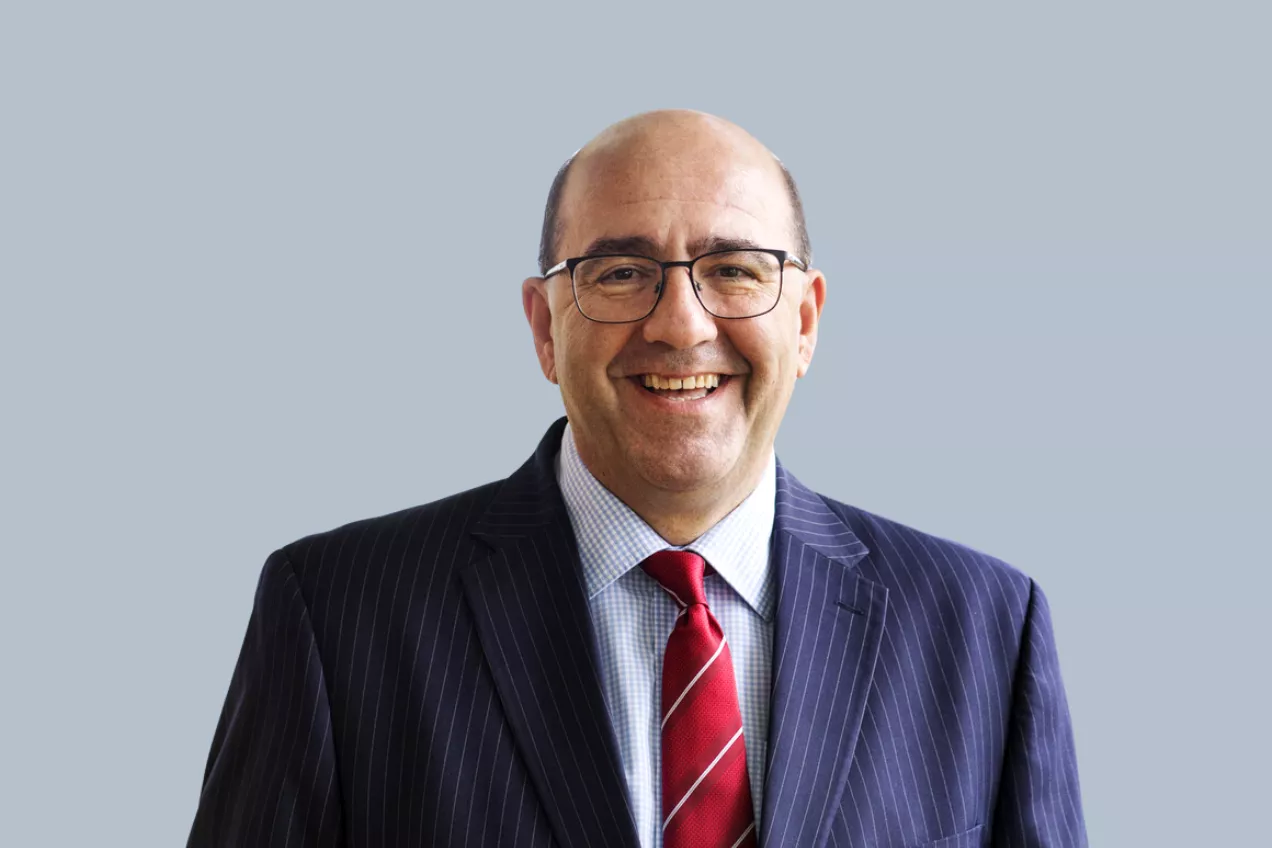
UN SDGs can challenge perspectives in the built environment
New CIOB President Mike Kagioglou outlines his aims for the coming year.
The CIOB is a fabulous organisation, and I’m grateful for the opportunity to serve as president for the next year. CIOB members should all be proud of the standards you are setting for the entire industry.
CIOB’s work in sustainability, EDI, building safety, social value, and other areas has given us new tools for challenging old ways of seeing the world.
During my year as president of CIOB, I will be promoting another tool for challenging perspectives - the UN Sustainable Development Goals.
Our collective global goals
In 2015 the United Nations adopted the SDGs to guide how, as a global community, we tackle humanity’s biggest challenges. There are 17 goals, each with numerous specific targets to measure progress.
They are about sustainability in the broader sense – the quality of our lives, access to justice, economic growth, and productive employment.
Some goals specifically address the built environment:
Goal 9 – Build resilient infrastructure, promote inclusive and sustainable industrialization and foster innovation.
Goal 11 – Make cities and human settlements inclusive, safe, resilient and sustainable.
Goals 13, 14, and 15 are about climate change, conservation and biodiversity.
These SDGS all have a clear and direct relevance to the work that we do. Now, let’s zoom out a bit.
The built environment affects everyone. It is the foundation of economies everywhere. We impact the quality of life of every single person in this world – all eight billion of us!
So, from that perspective, we see that every single one of the 17 SDGs is relevant to us. I would highlight just a few:
Goal 1 – End poverty in all its forms everywhere.
Goal 3 – Ensure healthy lives and promote well-being for all at all ages.
Goal 4 – Ensure inclusive and equitable quality education and promote lifelong learning opportunities for all.
Goal 5 – Achieve gender equality and empower all women and girls.
Goal 8 – Promote sustained, inclusive and sustainable economic growth, full and productive employment and decent work for all.
Beyond compliance
To be clear, these SDGs are not boxes to be ticked. Rather, they afford us an opportunity to go beyond compliance, to show how our sector can do more than just minimise harm, but actively support the development of a better planet.
There is potentially a competitive advantage for companies that grasp the nettle on this and demonstrate leadership.
I have seen it done in the academic world. My former employer, Western Sydney University in Australia, took the SDGs to heart in everything from delivering clean water in India to supporting students during the cost-of-living crisis.
My current employer, De Montfort University, is a global hub for SDG 16 – Peace, Justice, and Strong Institutions – the only university in the UK to be such a global hub.
We in the built environment need to tap into the same ambition.
At a minimum, it includes measuring and reporting on the impact that our organisations have in support of meeting the SDG targets.
It could also include vocal leadership – raising awareness across the built environment sector of the relevance of the SDGs and ramifications of failing to meet the targets.
In the coming years, we need to accelerate the culture change across the built environment sector. This includes moving away from a lowest-cost, legalistic, and compliance mentality towards doing the right thing – whether in treatment of the workforce, building safety, or caring for the environment. That’s what Modern Professionalism is all about.
Let’s challenge ourselves to use the SDGs to drive that culture change.
Contact our Press Office
We welcome requests for information, comments and interviews from journalists across the globe so please feel free to contact us:
